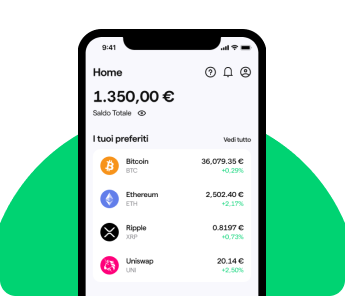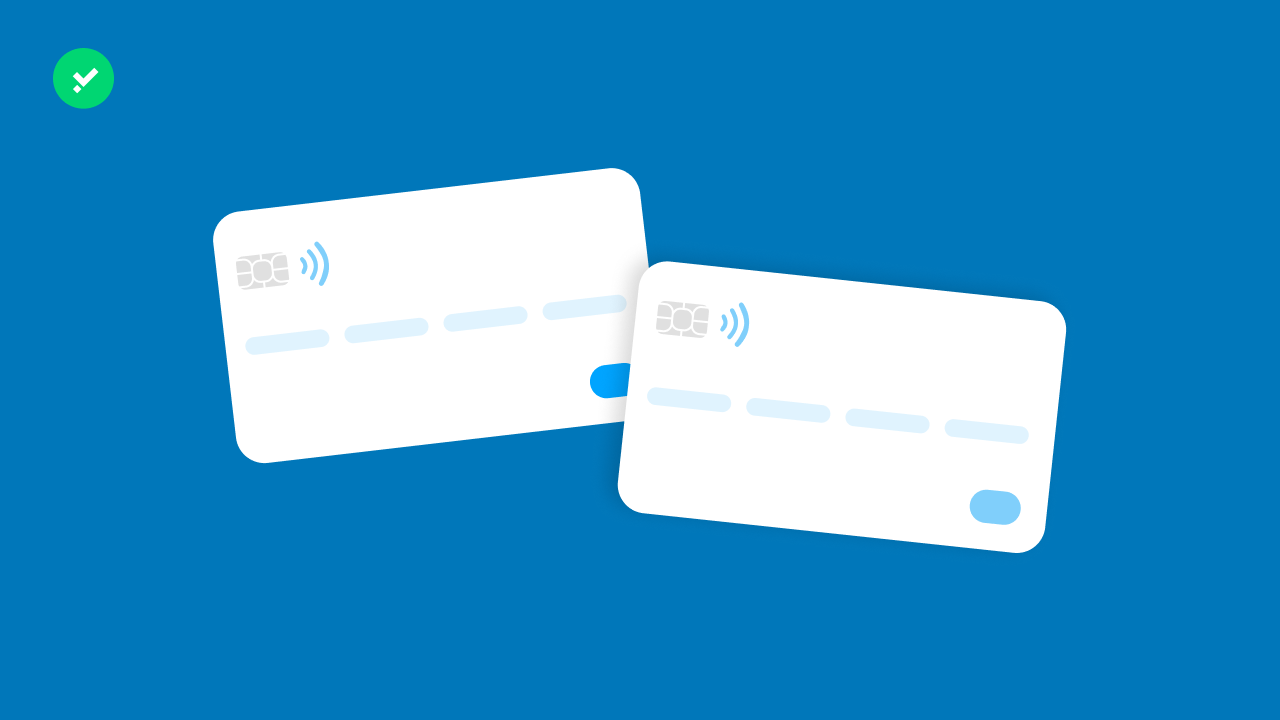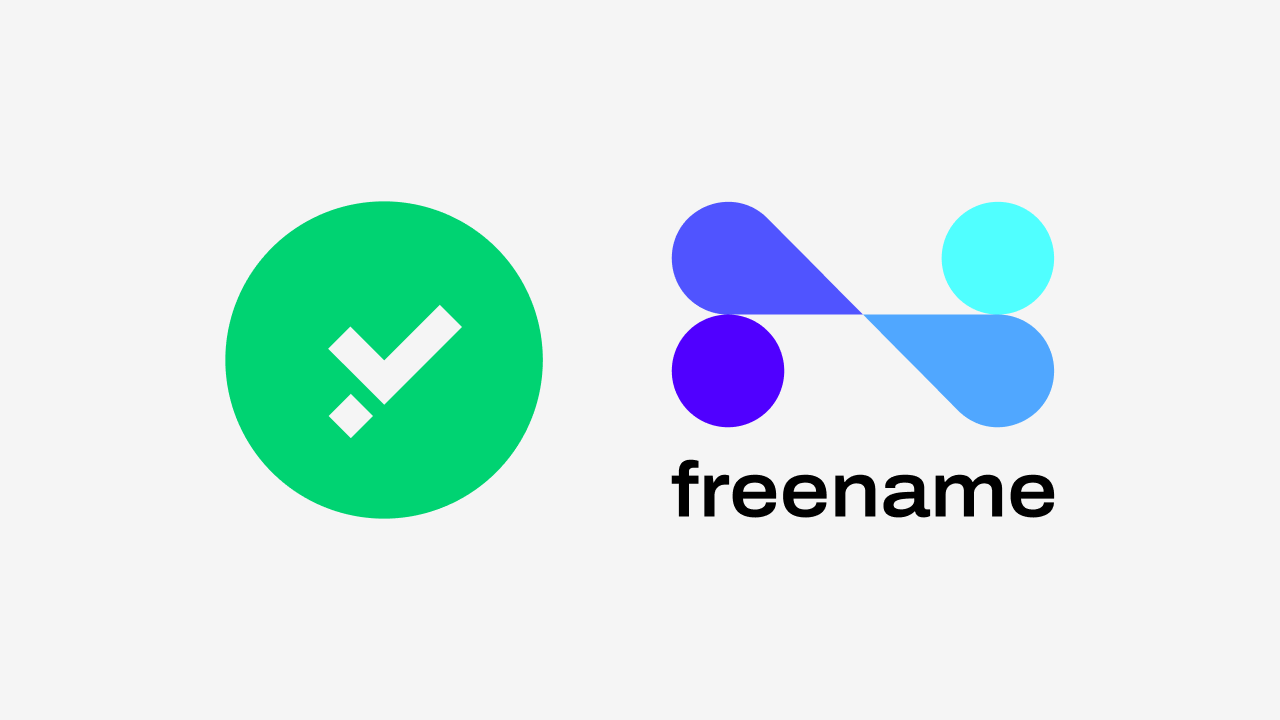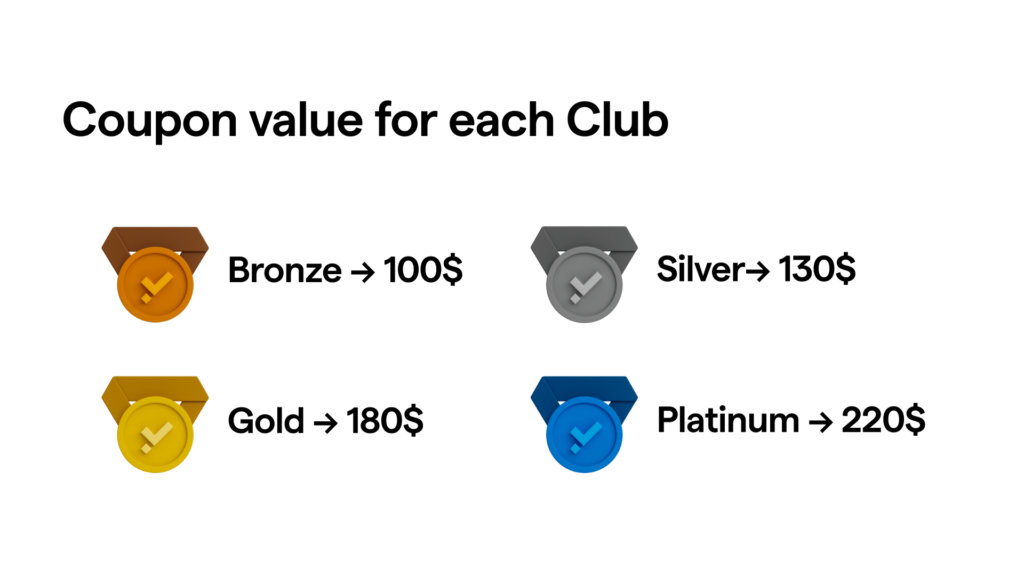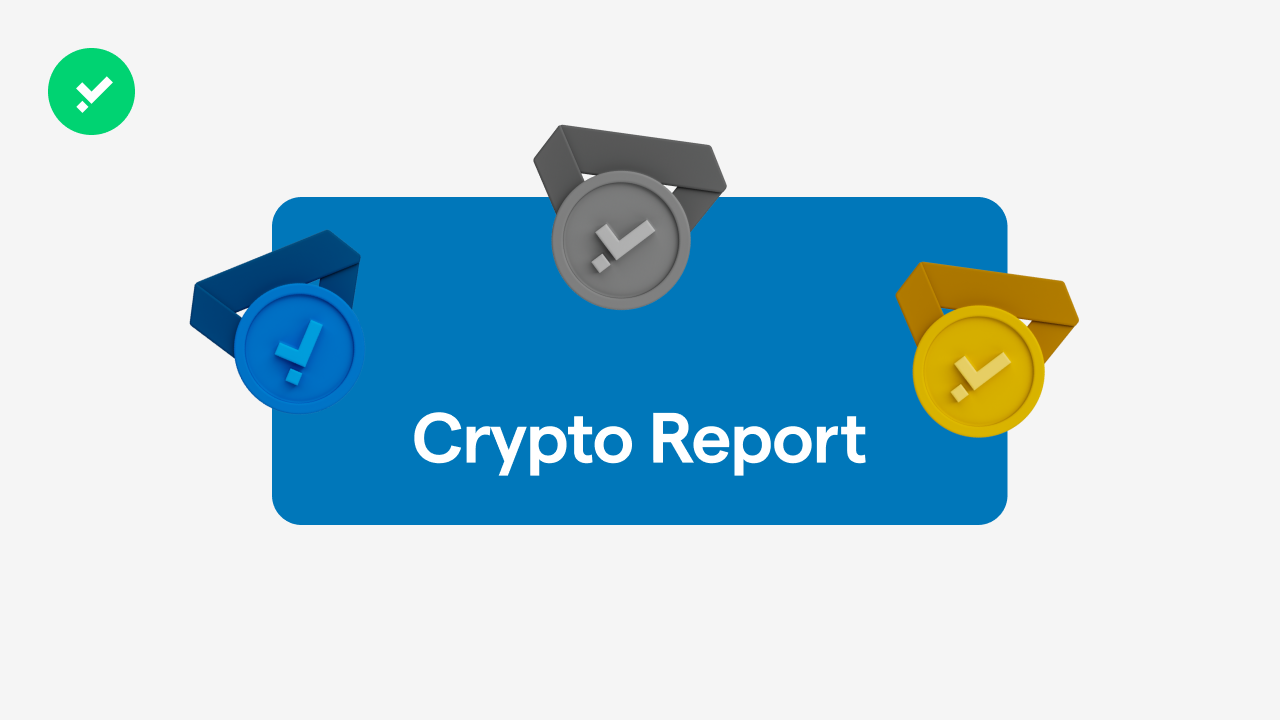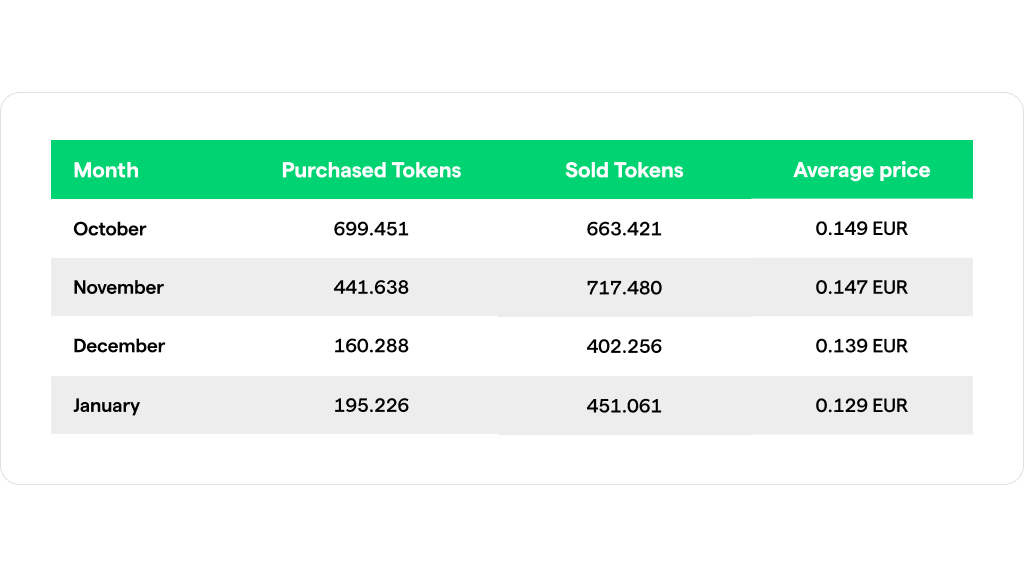Have you ever wondered what ‘Google’ means or what the longest domain on the web is? Get ready for 90s revival-themed trivia
Digging deep into the history of internet domains and beyond, we have uncovered these 5 curiosities and trivia. Among mysterious characters only forums talk about, beyond the most ridiculous and useless websites, in the depths of vintage web archives, absurd and unexpected facts have emerged. Let’s get to it.
1. In 2015, someone bought Google.com for $12
The history of the Google domain is full of oversights, starting from its inception. Can you imagine typing Googol.com instead of Google.com? It would be ironic, since Googol was originally supposed to be the name of the famous search engine.
The term means ‘10 to the power of 100’ (1 plus 100 zeros) and it was Larry Page‘s university friend Sean who suggested it to him in 1997. Larry approved the name and Sean registered it for him, but without knowing the correct spelling of the word, so he purchased the name we know today.
Google’s second slip-up happened in 2015, when in the middle of the night a former employee of the giant, Sanmay Ved, managed to buy Google.com.
Sanmay did not expect to be able to get the domain, and for only $12 moreover, yet he even received the invoice. Google, however, did not take too long to regain possession of his domain on the web: in just one minute, Sanmay saw the world’s most powerful URL slip out of his hands.
The trilogy ends in 2021 in Buenos Aires: it is evening and a young designer, while working, notices that Google is not working. So he checks the site responsible for internet domains in Argentina and sees that Google Argentina is for sale. Someone in his place would perhaps have thought it was an error or a bug and would have ignored the anomaly. Instead, Nicolas, our champ, decides to click and the purchase goes through for the equivalent of just €2.30. For a few hours, this time, the domain was in Nicolas’s possession, yet Google did not clarify why the domain was available, nor how it brought it back under its control.
2. Cancelled web domains: a geopolitical ghost story
There are 5 ccTLDs that have been deleted due to geopolitical changes. Yes, Risk is also played out on the WWW and it can be fascinating to discover how these events are handled in different ways by ICANN and the entities involved, as well as being a dropcatching opportunity for the domainers of these countries.
The process of removing a ccTLD from a country that no longer exists or has a new name is not always immediate. In the case of the former Soviet countries and the USSR itself, there are many examples of transitions that dragged on for years. The .su (Soviet Union) domain itself is still usable, so much so that it still has about 100,000 registered domains and seems to be very popular with cyber criminals.
Some, on the other hand, actually disappeared:
- .an: the Netherlands Antilles dissolved in 2010, since then ICANN accepted the domains .bq (Caribbean Netherlands), .cw (Curaçao) and .sx (Sint Maarten) as replacements.
- .dd: the domain was originally intended for the GDR (German Democratic Republic), but was only used internally between two East German universities.
- .um: this TLD referring to the US Minor Islands was removed in 2007. It used to be managed by the University of Southern California, but the islands have been virtually uninhabited for decades and the institute asked to be relieved of this responsibility.
- .yu: the ccTLD of the former Republic of Yugoslavia, which was permanently dissolved in 2006, was only removed in 2010 after .yu website owners managed to move to the .rs (Serbia) and .me (Montenegro) top-level domains.
- .zr: shortly after the introduction of the ccTLD for the Republic of Zaire, the African state changed its name to Democratic Republic of Congo in 1997 and was given the extension .cd. The .zr domain was finally deleted by ICANN in 2001.
To the domainers out there, keep your eyes peeled for geographical shifts.
3. Get the longest possible domain? Challenge accepted!
The Internet really is a wonderful place, and just as self-referential. If you’ve already got lost among the photos and wiki pages of very long place names, you won’t help but LoL about this next geographical trivia.
The world’s first longest domain is actually the name of a village in Wales. In 2002, llanfairpwllgwyngyllgogerychwyrndrobwllllllantysiliogogogoch.co.uk was registered and entered the Guinness Book of Records with 58 characters excluding the TLD. However, consider that the maximum length allowed for any part of the domain is 63 characters.
In fact, someone in 2007, challenged this record by registering llanfairpwllgwyngyllgogerychwyrndwllllantysiliogogogochuchaf.eu, with 60 characters excluding the TLD. “uchaf” means the ‘old’ or ‘high’ part of the village. I challenge you to pronounce it in one breath, that would be a real record.
In those years, however, two other domains actually reached 63 characters. The first contains a blog dedicated to Pi, by a German mathematician so passionate that he memorised the whole domain name:
3.141592653589793238462643383279502884197169399375105820974944592.eu.
If, however, the requirement for the world record is to create a domain consisting of letters, thisisthelongesteuropeandomainnameallovertheworldandnowitismine.eu wins it.
4. Coca cola made a marketing campaign using 61 domains
Coca Cola’s strategy wasn’t too different, its marketing department took domains so seriously that they made a promotional campaign out of them. You know those commercials for Santa’s favourite drink? At some point you hear an opening ‘click’ or a thirst-quenching ‘ahh‘. This is like a slogan for the scarlet brand.
Thus in 2013 as many as 61 domain names appeared, starting with “ahh.com” and the rest was with an increasing number of ‘h’s. Today, these sites are mostly for sale or inactive, but at the time the intention was to impress millennials who were indifferent to classic promotional means.
5. One man in 2012 bought 14,692 domains in one day
If you think Nicolas or Sanmay were heroes, you haven’t met Mike Mann yet. Mike is not one of those dropcatching vultures, he creates domains. If you ask him why, he replies that it is out of greed: Mike simply wants to own the world. But who is this mysterious character with such a common name?
This greedy domainer is now 56 years old and has been in the domain scene since the beginning. In the 1990s, he founded an Internet Service Provider company, but one day someone offered him $25,000 for a domain he owned, and the next day they offered him twice as much. Realising the opportunity, having paid only $70 for that domain, he immediately dove into the at-the-time wild domain market.
Mike thus began creating and selling hundreds of domains a day, but in 2012 he outdid himself by purchasing 14,692 in just 24 hours.
Today, the entrepreneur still owns a few domains, on which he has founded companies and organisations. He owns none other than SEO.com and Phone.com, an SEO agency and a phone service company respectively. He then founded DomainMarket.com and AccurateAppraisals.com dedicated to the Internet domain market. But he also got involved in social work, creating the educational project FearlessLeaders.com and MakeChange.com, a charity organisation. Makemillions.com, on the other hand, is the site dedicated to his book, and of course he owns MikeMann.com.
Hopefully these 5 interesting facts about internet domains made you go “ah!” at least once, like in a Coca Cola commercial. And if you’re still thirsty, discover more facts in the history of internet domains.

Sign up to Young Platform
